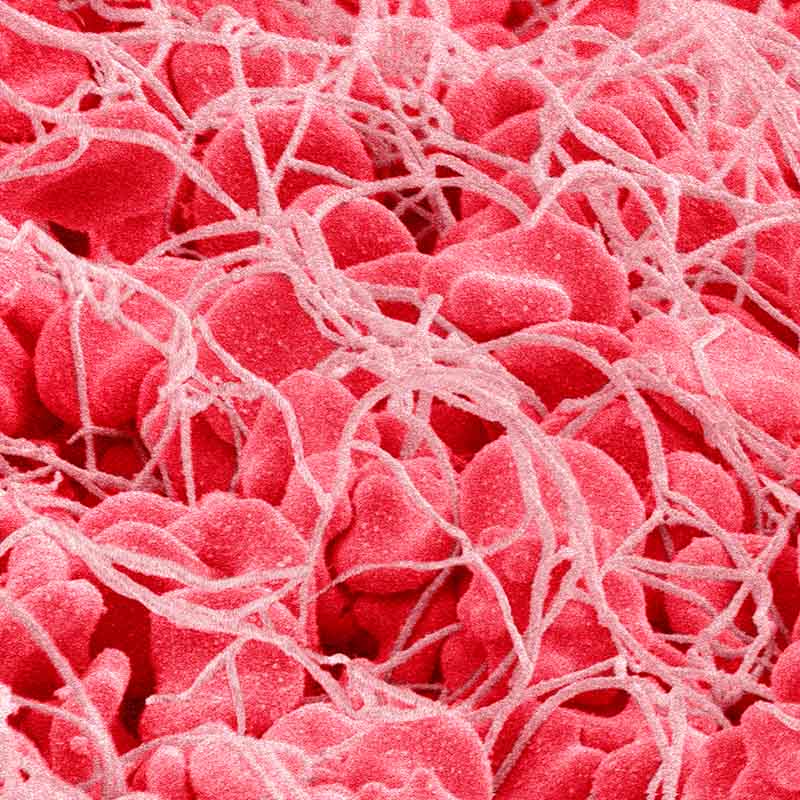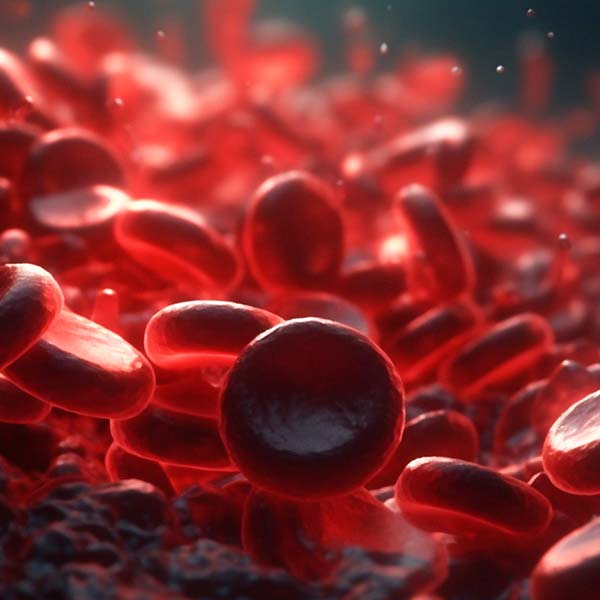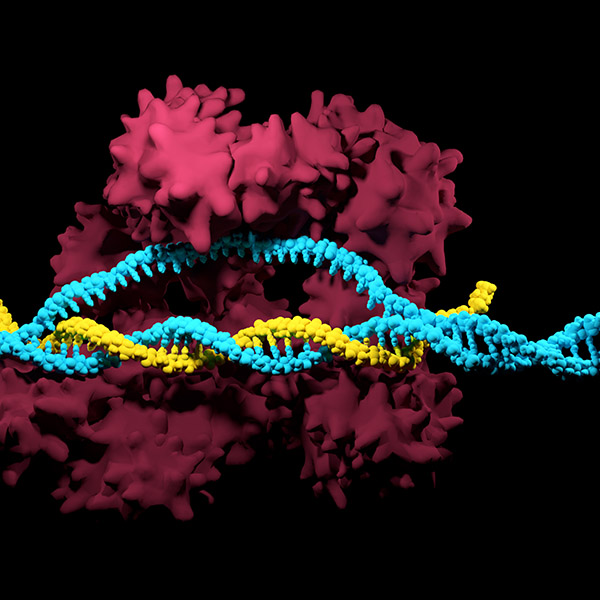Technology including intellectual property and knowhow, developed by the UK Gene Therapy Consortium, made up of researchers at Imperial College London, the University of Oxford and Edinburgh University has been licensed to Boehringer Ingelheim in a continuation of a licence agreement first announced in 2018.
Accelerated development of a potential treatment for cystic fibrosis
Sectors: Medical research, Pharmaceuticals
Industries: Biotechnology

Recent posts
Related technologies

A novel targeted drug delivery system
Red blood cell-derived vesicles (RBCVs) for use in targeted delivery of thrombolytic drugs to blood clots. Find out more

A real-time fluorescence probe for Heme Oxygenase activity
Novel heme oxygenase 1 (HO-1) probe compositions, and methods covering easy-to-use and rapid readouts of cell protection in cardiovascular diseases, hemorrhage and red cell disorders. Find out more

An Inducible, multiplexed CRISPR system
A CRISPR-based platform for inducibly up- and down-regulating up to 24 genes in the yeast, Saccharomyces cerevisiae. Find out more
Related news

Accelerated development of a potential treatment for cystic fibrosis
The UK Cystic Fibrosis Gene Therapy Consortium (GTC) is one of the partners in a licensing agreement with Boehringer Ingelheim. Find out more
Related events
No Results Found
The page you requested could not be found. Try refining your search, or use the navigation above to locate the post.
Sign up for updates
Sign up for monthly technology alerts via email, and find other ways to connect with us.


